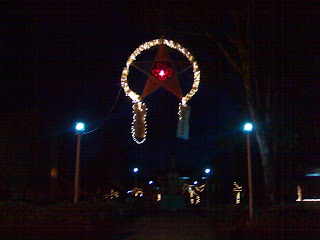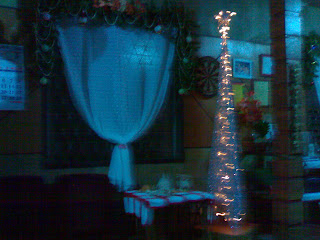 The name of my hometown, Lianga, has been in the news quite a lot in the past few weeks and usually in connection with news reports of violent clashes between government military forces and communist insurgents belonging to the New People's Army. My friends from other places are all asking the same question. "What the hell is exactly going on there?"
The name of my hometown, Lianga, has been in the news quite a lot in the past few weeks and usually in connection with news reports of violent clashes between government military forces and communist insurgents belonging to the New People's Army. My friends from other places are all asking the same question. "What the hell is exactly going on there?"Of special significance are two recent news stories, one concerning the Dec. 2 ambush by NPA guerrillas of a truck carrying Army personnel in Sitio Bantolinao in Barangay Ganayon just five kilometers outside of Lianga which resulted in the death of five soldiers and the wounding of two others. Another news item came out about a week later about a fierce encounter between government forces and communist rebels in the hinterlands of Barangay Diatagon in the north of the town where both sides claimed to have inflicted heavy casualties on the other. This is despite the absence of confirmed reports on the actual casualty count.
And yet even before that, intermittent reports hinting at the intensification of military operations in many areas of Surigao del Sur and the Lianga area have filtered through the national news media together with an apparent increase in the number of news accounts of attacks and ambuscades executed by NPA forces against government military and police units in the field particularly in the neighboring provinces of Compostela Valley, Agusan del Sur and Surigao del Norte and Surigao del Sur. What the hell is going on, indeed?




